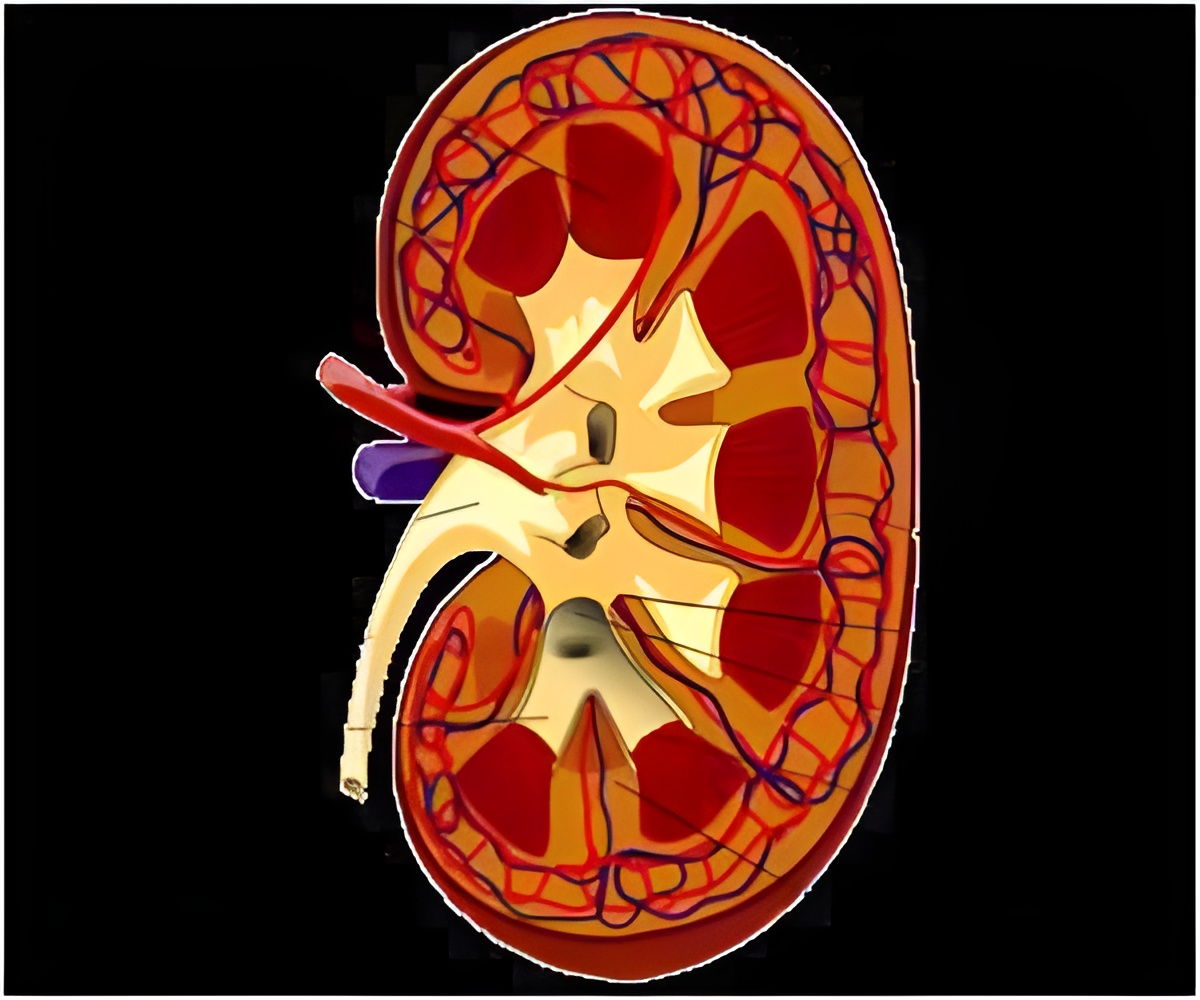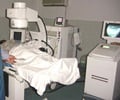Researchers have developed a re-usable multi-layer microfluidic device to model the human kidney.

- The new model kidney incorporates a porous growth substrate, physiological fluid flow, and the passive filtration of the glomerulus.
- It will also serve as a platform to study drug interactions with tissues and cells.
- In future, this model can be used as an animal alternative during pre-clinical testing.
TOP INSIGHT
The new kidney device uses human cells making it better at predicting the body's response to drugs than animals, which are the most common pre-clinical screening tools.
"This is a unique platform to study interactions between drugs and cells or tissues, specifically in the kidney, where current models were lacking," said Sakolish. "These platforms will, hopefully, in the future, be used as an animal alternative during pre-clinical testing to more accurately direct these studies toward successful results in humans."
"This is tissue engineering, but not for the purpose or replacing an organ or tissue in a person," said Mahler.
"The idea is that we can recreate the major organ functions in a simplified way for use as a drug screening tool. Finding new drugs is very hard, expensive and inefficient. We hope that by using human cells in a physiological environment we can help to direct resources toward the most promising new drug candidates and determine that other new drug candidates will fail, faster." Mahler added.
Cells grown in the device exhibit more natural behaviors compared to when grown in traditional culturing methods, and the filtration by the glomerulus is necessary for healthy cell function.
"When we compared physiological renal function and drug toxicity in traditional static culturing against our new model, we found significant differences in the ways that cells behaved. In our platform, cells looked and acted like those that you would find in the body, showing more sensitive responses to drugs than traditional static culturing." Sakolish added.
"This type of device uses human cells in a dynamic, more physiologic environment, potentially making it better at predicting the body's response to drugs than animals (animal effectiveness studies often don't translate to humans) or static cell cultures, which are the most commonly used preclinical screening tools," said Mahler.
The paper titled "A novel microfluidic device to model the human proximal tubule and glomerulus," is published in RSC Advances.
Reference
- Courtney M. Sakolish et al. A novel microfluidic device to model the human proximal tubule and glomerulus. RSC Advances; (2017) DOI: 10.1039/C6RA25641D
Source-Medindia
 MEDINDIA
MEDINDIA




 Email
Email










